There are multiple healthy options for quenching your thirst that also let you enjoy a pleasant beverage. This segment includes the boundless water market.
Sparkling or still, calorie-free, enriched and enhanced with tropical or fruit flavours, in different colours, or even fortified with vitamins, the industry realised a long time ago that these types of products were going to do well. And look at what they’ve achieved. Nonetheless, this group of beverages is so varied that the line separating the different types sometimes gets blurred.
This is the case of sparkling waters and soda waters. At first glance, the former (mineral waters containing gas) and soda water (carbonated waters) seem to be the same thing. But, watch out, because there are significant differences that we feel we need to explain to the sector.
The water offer is so enormous and has become such a selective market that you can find a wide variety on the shelf with electrolytes or triple distilled, for example, or you can appreciate and buy them for their origin in a volcanic spring or because they were drawn from the surface waters of certain magical and historic places that make them unique and singular.
Now it’s time to learn to differentiate the category of sparkling waters with more natural formulas from that other long list of carbonated waters made industrially but with results that make them very popular.
Sparkling water vs. soda water
Although both are carbonated waters, that is, they contain gas and are liquids with bubbles, they differ in many respects.
1. Sparkling water or water containing gas
Unlike soda waters, sparkling mineral waters, from a well or natural spring, are extracted ready to drink and then bottled. They are not manipulated during production and bottling, which makes them an exclusive and higher quality product whose value lies in the unique flavour of the minerals they contain.
Additionally, this type of water has some elements like calcium, potassium and magnesium, along with other compounds that make them visibly different. They are extracted and bottled using a delicate process which can involve the addition of carbonation to artificially intensify their qualities.
Normally consumed alone because the flavour is so pleasing to the palate, they aren’t the best option for combining with other beverages or using as mixers, as this would alter their nuances.
There is also a wide range of flavoured sparkling waters, based on fruits and other ingredients, intended for a modern and less conventional consumer. What’s more, most water brands already have their own sparkling waters, flavoured or unflavoured. Lacroix and Waterloo are some of the best-known brands, and other historic ones like S. Pellegrino and Perrier have joined this growing trend.
They’re considerably more expensive, as most of them are bottled at their source. And this natural state makes them a natural and healthier product and the perfect substitute for any other beverage on the market.
2. Sodas or carbonated waters
Carbonated waters, on the other hand, are basically made with tap water without taking into account its origin, which then undergoes a carbonation process. The only essential requirement is that it be potable and intended for human consumption.
They are processed artificially, and in some cases may include a wide variety of additives to provide flavour (salts, sodium, sodium citrates, potassium bicarbonate or disodium phosphate). Their taste can vary as a result of this processing: sometimes blander, other times slightly bitter and, at times and depending on the product, they can be quite salty. That’s true of Sailor Moon, from Ocean Bomb), which is made artificially.
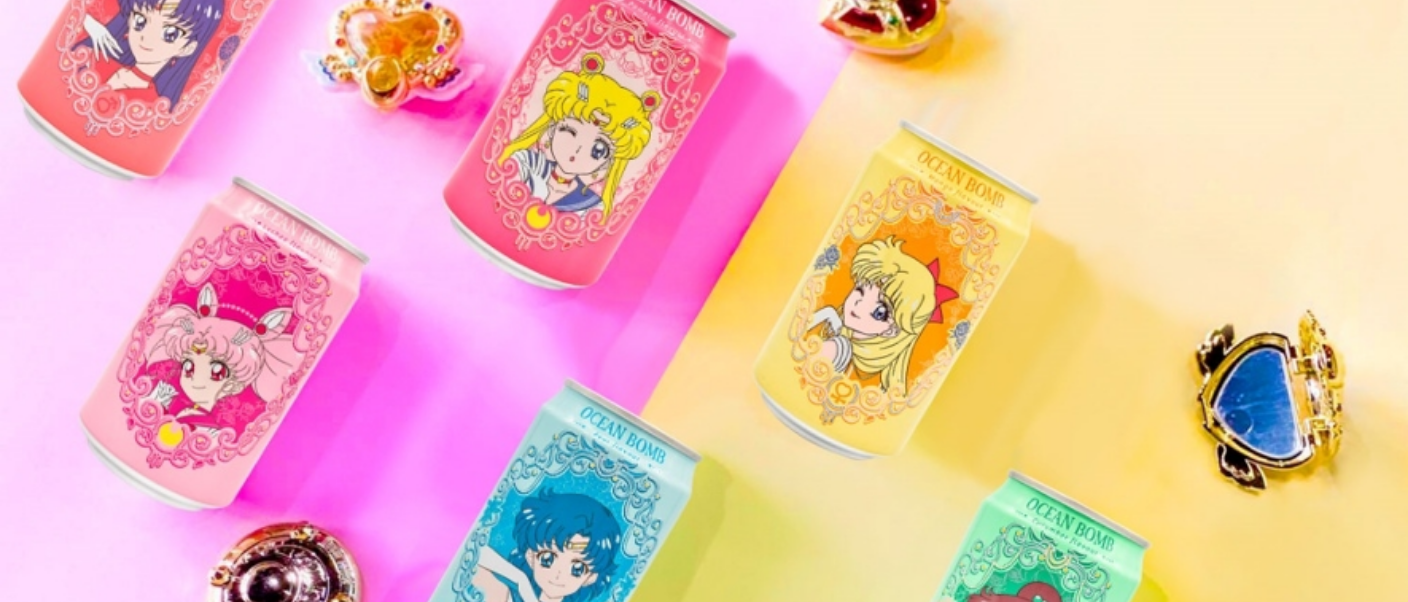
It’s one category that is used to tone down strong flavours in some cocktails and mixed drinks made with spirits, and they’re also good very cold or with ice or mixed with fruit juices.
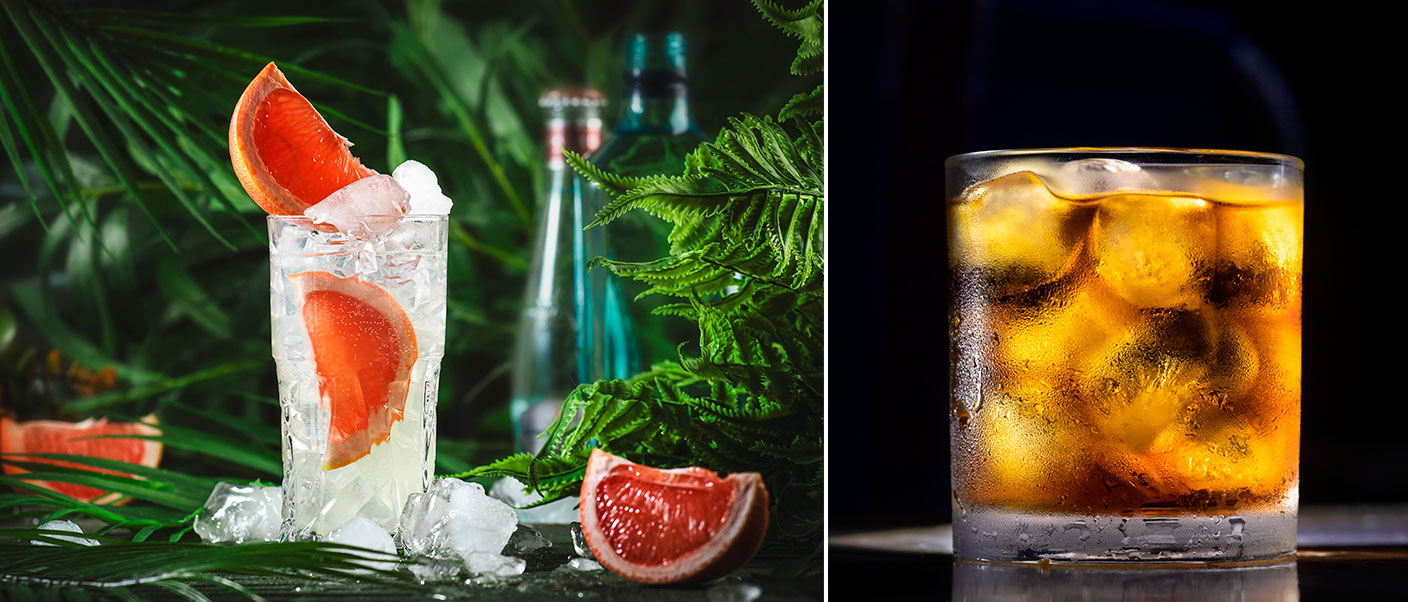
A summary of the differences
There are definitively differences between sparkling waters and soda waters. It’s clear that they’re not the same thing, and their market niches are completely different.
1. They don’t come from the same source
In the first place, sparkling waters are extracted from natural springs, particularly from springs that emerge from aquiferous rocks; soda waters, on the other hand, are made from any type of drinking water suitable for human consumption (well, treated or piped).
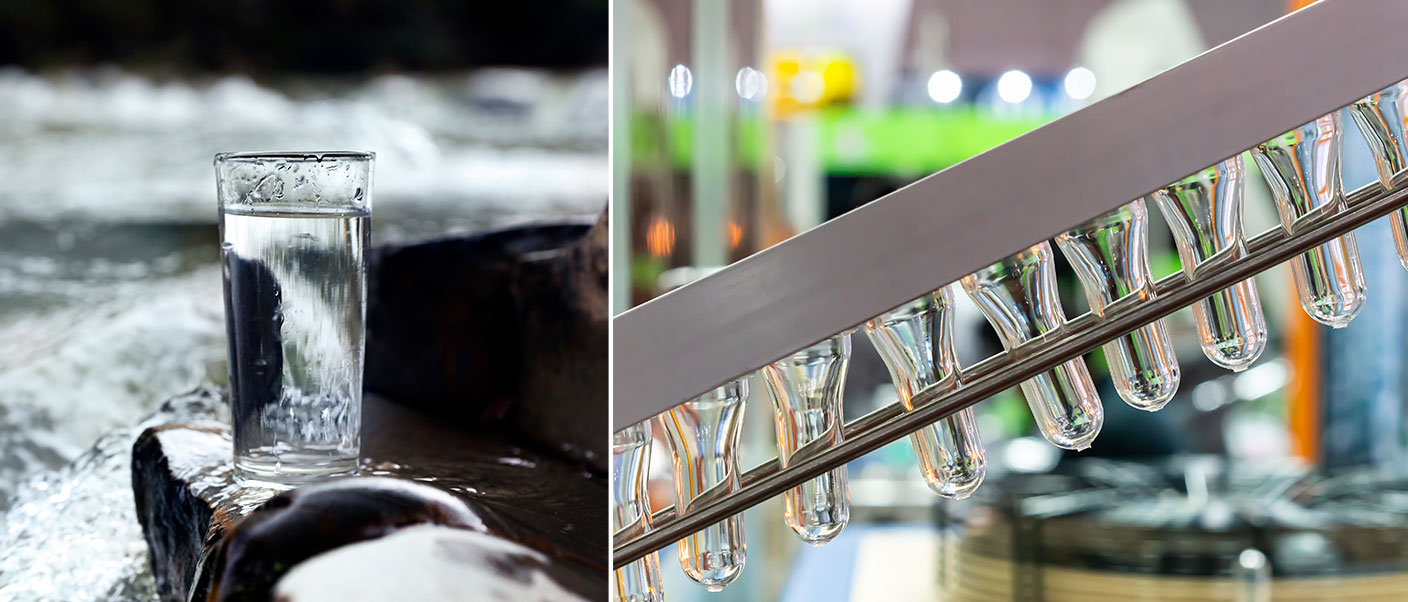
2. Their processes are completely different
The process of producing sparkling waters is natural and there is no manipulation or additives of any type involved.
Carbonated waters, in contrast, are artificial.
3. Their components: natural vs. with additives
The compounds in sparkling waters are 100% natural ones that have been dissolved underground. Carbonated waters, on the other hand, contain a large number of additives to flavour them and infuse them with gas.
4. Flavour (natural vs. artificial)
Sparkling waters are for that public that wants to enjoy their original flavour, without mixing, and their naturalness with all the nuances of the minerals. Soda waters are perfect for mixed drinks and cocktails.
5. Different prices
Lastly, their prices are very different. Waters containing natural gas are obviously more expensive than carbonated waters due to the fact that their extraction and subsequent processing are carried out with great care.





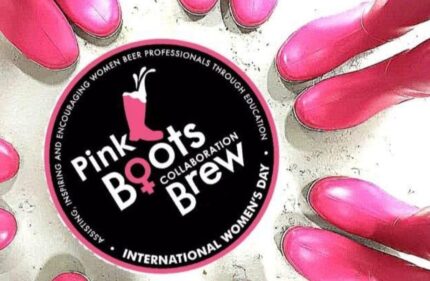
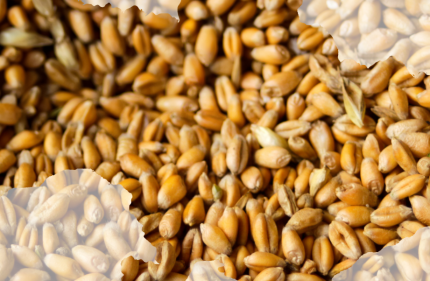
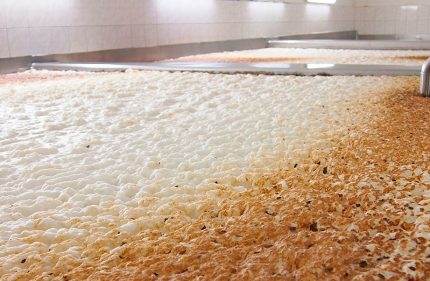
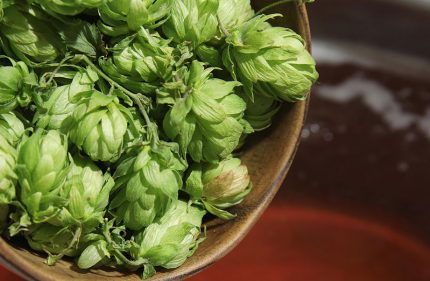
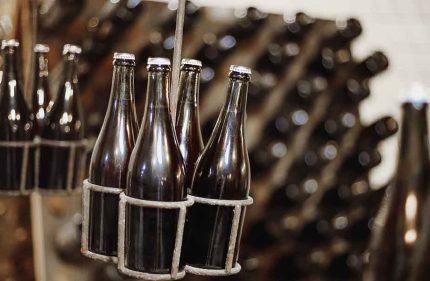
Comments